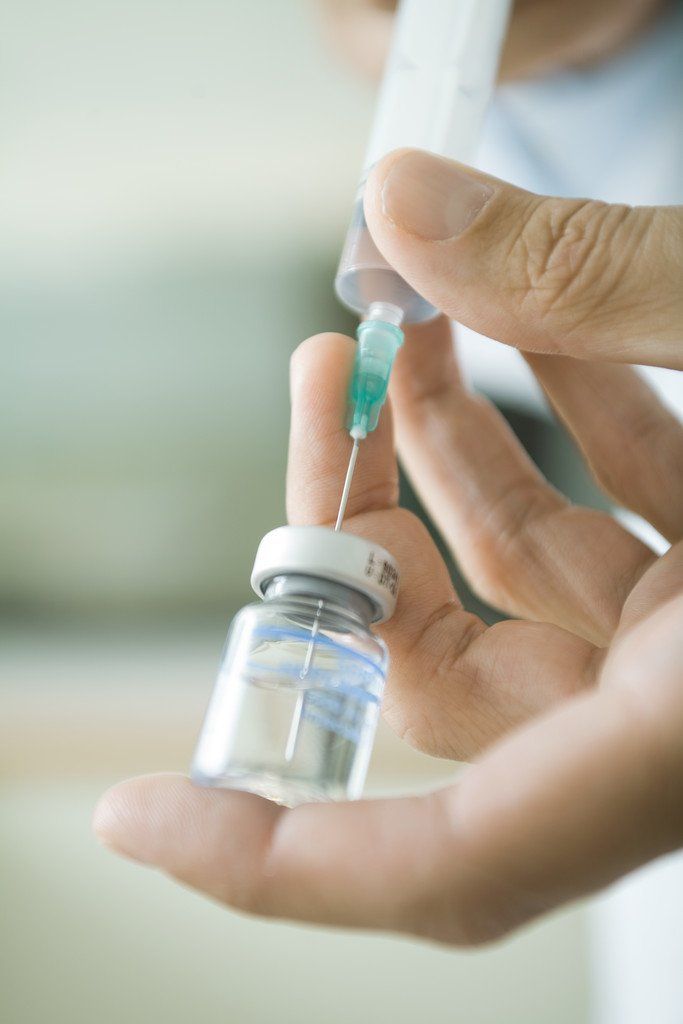Equipment and Monitoring for Moderate Sedation and Deeper
"Because it is not always possible to predict how a specific patient will respond to sedative and analgesic medications, practitioners intending to produce a given level of sedation should be able to rescue patients whose level of sedation becomes deeper than initially intended. For moderate sedation, this implies the ability to manage a compromised airway or hypoventilation, and support cardiovascular function in patients who become hypotensive, hypertensive, bradycardic or tachycardic"
"Level of sedation is entirely independent of the route of administration. Moderate and deep sedation or general anesthesia may be achieved via any route of administration".
2018 American Society of Anesthesiologist Practice Guidelines for Moderate Procedural Sedation.
Pre-Operative Evaluation(s)
ASA III and IV may require additional Pre-op Consultation
Proper Patient Selection!
American Dental Association Moderate Sedation Guidelines Page 6, 10, 11 and 12
ACLS
"The dentist must...either current certification in Advanced Cardiac Life Support (ACLS or equivalent) or completion of an appropriate dental sedation/anesthesia emergency management course on the same recertification cycle that is required for ACLS".
BLS
"At least one additional person trained in Basic Life Support for Healthcare Providers must be present in addition to the dentist".Positive Pressure Ventilation
"A positive-pressure oxygen delivery system suitable for the patient being treated must be immediately available".
BVM = Bag Valve Mask
Blood Pressure
"Blood pressure and heart rate should be evaluated per-operatively, post-operatively and intraoperatively as necessary..."
"continually evaluate blood pressure and heart rate unless invalidated by nature of the patient, procedure or equipment and this is noted in
time-oriented anesthesia record.
EKG
"Continous EKG monitoring of patients with significant cardiovascular disease should be considered"
Pulse Oximetry
"Oxygen saturation by pulse oximetry may be clinically useful and should be considered".
Carbon Dioxide Monitoring
"The equipment necessary for monitoring end-tidal CO2 and auscultation of breath sounds must be immediately available".
Depth of Sedation Monitoring
"Level of sedation (e.g., responsive to verbal commands) must be continually assessed".
"If a patient enters a deeper level of sedation than the dentist is qualified to provide, the dentist must stop the dental procedure until the patient returns to the intended level of sedation".
Anesthetic Record
"time-oriented anesthetic record must be maintained, including names of all drugs, dosages and their administration times, including local anesthetics, dosages and monitored physiological parameters"
"Pulse oximetry, heart rate, respiratory rate, blood pressure and level of consciousness must be recorded continually"
Monitoring Considerations
Age and Size Appropriate.
Practioner with skills, training and experience to use.
Blood Pressure
EKG Pulse
Pulse Oximetry
End-Tidal Carbon Dioxide
Glucometer: Ability to Measure Blood Sugar
Temperture (available as indicated)
Airways
Age and Size Appropriate.
Practioner with skills, training and experience to use.
Suction
Oral Airways
Nasal Airways
Supraglottic Airways
Oxygen and Back-up Source
Positive Pressure Ventilation
Positive Pressure Mask Ventilation
Bag Valve Mask
Intubation Equipment-Laryngoscopes
Endotracheal tubes
Surgical Airways
Emergency Airways
Confirm correct placement of endotracheal tube by physical exam and [continuous waveform] capnography.
California Dental Board does not require intubation capabilities for moderate sedation (Conscious Sedation) permit.
Rescue Considerations:
Medications, Equipment and Intravenous Access
Age and Size Appropriate.
Practioner with skills, training and experience to use.
Defibrillator (Pediatric Pads if Appropriate)
Suction (Battery Backup if Indicated)
See Airways listed separately above
IntraVenous Access Capabilities with Fluid Bag Drip
Vasopressors such as Ephedrine or Phenylephrine
Vagolytics such as Atropine or Glycopyrrolate
Epinephrine in appropriate concentrations
Antihypertensive
Antihistamines
Anticonvulsants
Bronchodilator
Coronary Artery Vasodilator
Muscle Relaxants
50% Dextrose [D50] and/or other antihypoglycemic
Reversal Agents:
Naloxone for Opiates
[consider intranasal naloxone]
Flumazenil for Benzodiazepines
[intravenous]
No Reversal exists for Propofol
Dantrolene for Malignant Hyperthermia
[as indicated: Succinylcholine or Volatile Anesthetics]
AntiArrythmics and other Emergency Medications
[as indicated by ACLS and PALS]



